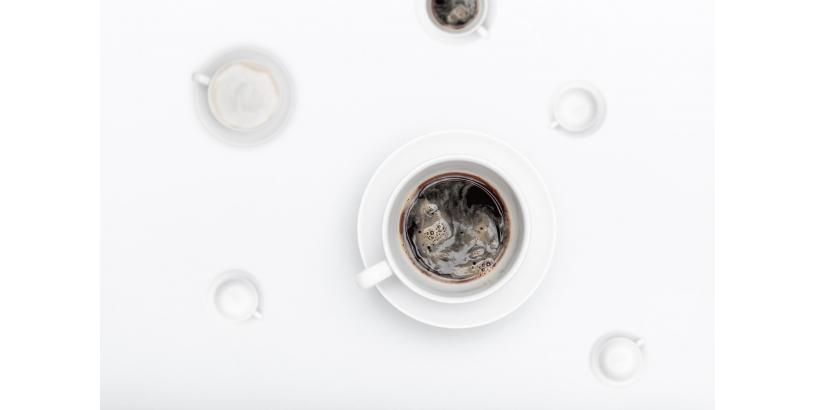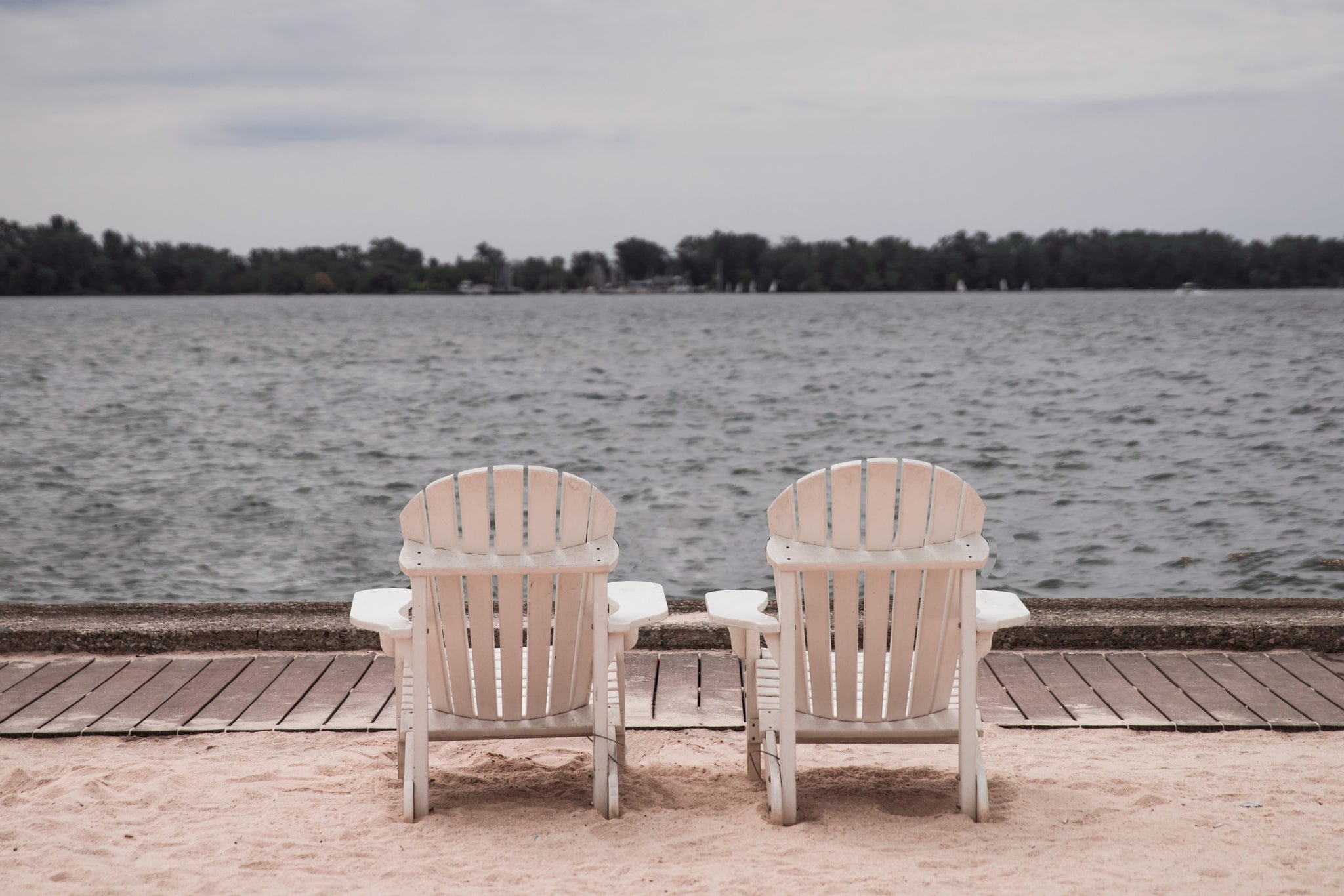Clear Lake Coffee Roasters: Explorer Series - Creating Your First Coffee Blends and All That Jazz- April 8th, 2021

Creating Your First Coffee Blends and All That Jazz
In the wake of a very successful launch by the Colombian Coffee Federation of the Juan Valdez promotional campaign in the early ‘60’s, one of the most popular coffee blends in the U.S. did something unusual. Yuban went from being a blend of central and south American coffees to being 100% Colombian coffee. The fact that it was what we would call a “single origin” today became so embedded in the branding of the coffee that the moniker “100% Colombian” was synonymous with Yuban for decades. This was, in part, because roasted single origin coffees were rare until the emergence of the specialty coffee sector.
One of the defining characteristics of the specialty coffee industry has always been the predominance of single origin coffees. In the early years of the industry, specialty coffee roasters looked upon blends with suspicion because some of the commercial roasters of that era used blending to make poor quality coffee palatable. Even today, coffee blends are considered by some to be inherently lower quality than single origin coffees. While that may be true if value-engineering coffee is part of your business strategy, for specialty coffee roasters, quality remains a priority even when blending coffee.
But blending coffee isn’t simple. If a small coffee roasting business doesn’t sell any coffee blends, it could be a strategic decision. It might also be because they’re not sure how to create a coffee blend. In that case, the first thing to understand is why.
Why are Coffee Blends Important?
Coffee is an agricultural product, which means it is seasonal and susceptible to change as well as a variance in availability. That’s great. Anticipating (and wondering) how Kenyan coffees will cup this year is part of the fun of being a coffee roaster; as is remembering fondly the year a specific Colombian estate coffee—which is always good—was truly exceptional. Appreciating the complexities of coffee, including it’s variability, is one of the reasons you’re a coffee professional. But what’s true for you is not true for every coffee drinker. In fact, for the vast majority of coffee drinkers, consistency is key. For most people, anticipation is specific when it comes to coffee, and familiarity is comforting.
Exceptions just prove the rule. Those of us who work in the coffee industry aren’t normal and it’s easy to lose perspective, but ask any barista. Most people order the same thing most of the time. Most people brew the same coffee at home every day. At any medium to large roasting company, their best- selling coffee will always … always be a blend. Why? Because most people most of the time want the coffee they’re drinking today to taste the same as the coffee they drank yesterday and the coffee they’ll drink tomorrow. A blend with a consistent flavor profile is important to growing your business.
A trademark blend can also be an important part of growing your brand. It’s unlikely that people will come to associate your company with, say, Ethiopian coffee. They will, however, come to associate your company with your coffee blends, and that’s another part of why blends are important. It’s a chance for you to create something new that is greater than the sum of its part.
How to Make Coffee Blends Your First Blend
Creating a coffee blend can be a very complex process of trial and error and like everything related to taste, it is ultimately very subjective. It will take practice as you go on to create more blends. But for your first attempts, we are going to try and keep it as simple as possible while leaving room for you to explore and still bring your own palette to the table. Note, our goal here is to create a coffee blend for brewing. Although it may very well turn out to be a blend that you find works for espresso, that’s not our intention. Espresso blends are a topic for another time.
First, to help us frame how you’ll think about your first blend, we’re going to imagine your blend as a jazz trio. There will be three components (musicians). While they each have a distinct role to play, they must nevertheless work together to create an experience none of them can create in the same way playing solo.
The Bass
A.K.A. the “base.” Like the stand-up bass in a jazz trio, this coffee is critical to the blend, but you might not notice it if you’re not listening for it. This coffee should be sweet but in the savory realm, like the combination of chocolate and nuts. Like the bass, the role of your blend base is to anchor the flavor experience and blend into the background, not stand out, so the coffee should be balanced and not too dynamic. While there are many options, for your first blend let’s just make it Brazil. This is a very common choice for anchoring coffee blends, not only because of the flavor profile of Brazilian coffee, but for practical reasons too. Brazilian coffees are generally less expensive than other options and they are virtually always available. This will be 40% of your blend.
The Drums
Like the drummer in a jazz trio, this portion of your blend can’t be ignored and it’s role is to keep things moving and leave a definite impression. These are the flavors a coffee drinker will experience as coffee moves across the middle and back of their tongue and through to the finish. You want a good balance between body and brightness, not too much of either. The sweetness should tend toward fruit notes but without pronounced citrus. There are many options here. Pick your favorite well- balanced, fruit- forward coffee from Central America. Make sure the coffee has good availability. This, too, will be 40% of your blend.
The Guitar
Just like the guitarist in a jazz trio, this coffee is out front and brings complexity to the blend. These flavors are the first impression. For this coffee, you’re looking for pronounced acidity above all else. This can be complemented with floral notes and/or citrusy sweetness. So, you guessed it, probably Kenya or Ethiopia. Again, make sure the coffee has good availability. This component is always in danger of breaking out into a solo, so it will only be 20% of your blend.
Roasting Your Blend
The answer to the question of whether you should blend green coffee components before you roast or after you roast is, it depends. For some blends, yes. For some blends, no. As you create your next second and third blend you’ll want to engage in the most important exercise- related to building blends: experimentation. Varying the roast development for different blend components introduces a whole new level of complexity and opportunity. For your first blend, however, keep it simple and blend the green coffee before roasting.
It’s About the Profile
Finally, remember that creating a blend is ultimately about the flavor profile and not the components. While you would never (one hopes) sell a Colombian coffee as a coffee from Costa Rica, for example, your obligation when blending coffee is different. Your obligation is consistency. If one of your blend components becomes unavailable, your job is to find a replacement that can deliver the same contribution to your blend, resulting in the same taste experience. It doesn’t matter if it’s a different guitarist, as long they can play.
How is Colombian coffee graded?
 Supremo 18. Supremo 17/18. Excelso EP.
Supremo 18. Supremo 17/18. Excelso EP.
Whilst you're here are 6 reasons for making Clear Lake Coffee Roasters - CLCR - your go-to coffee roaster:
☕️ We are a local family-run business located in the heart of Clear Lake, Iowa.
☕️ We go to great lengths to find only the finest and ethically sourced coffee around, from the top 2% of coffee beans in the world.
☕️ We only source 100% certified Arabica coffee beans, carefully hand-selecting each coffee based on specific quality and taste attributes.
☕️ Our roasting process has been refined over the years and each roast profile is individually designed to complement the nuances of the coffee we source, from Cup of Excellence (COE) award-winning producers.
☕️ By roasting in smaller batches, we can ensure our coffee is ALWAYS fresh, in fact, we roast your coffee only after you place an order - the same day your order ships out.
☕️ At CLCR, we are dedicated to a single mission: the unyielding pursuit of coffee perfection in every cup.
We would give you more reasons, but rather than reading it's better if you visit our website, purchase a bag or two, and experience a unique caffeinated or half-caff journey for yourself 😊!
Explore goodness. Click. Buy. Smile.

Clear Lake City Park Beach - Named one of USA Today's top 50 Beaches in the United States.

Leave a comment
Please note, comments must be approved before they are published